Ancient CHamoru/Chamorro Use of Human Bones
Archeological studies have revealed that during the Latte Period ancient CHamorus retrieved bones from deceased bodies after tissue had deteriorated, and used the bones for
Archeological studies have revealed that during the Latte Period ancient CHamorus retrieved bones from deceased bodies after tissue had deteriorated, and used the bones for

When French explorer Louis Claude de Freycinet visited Guam between March and June of 1819, he observed CHamorus capturing mañåhak or juvenile rabbitfish (Siganus spp.)
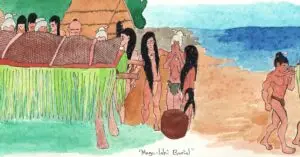
There is a dearth of written accounts of ancient CHamoru burial practices, but from the few historic descriptions available, the burial customs and rituals were
In the Mariana Islands, as well as other islands throughout the Pacific, rice is considered one of the most important food staples. Bags of rice
Archeologists learn about societies and cultures of the past by looking at the objects or artifacts that people left behind. Some of the most useful
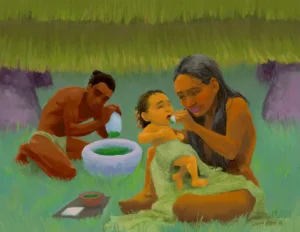
Health and wellness. Because of the biological nature of our bodies, people get sick, and people die. Illness and death are a part of life.
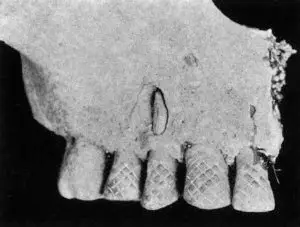
Tooth staining. Unlike clothing or hairstyles, body modifications are changes made to the body itself that are of a more permanent nature. Among the CHamoru
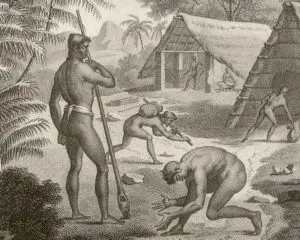
In the social organization of Chamorro/CHamoru society, individuals from the lowest class were known as manachang. In her study of early CHamoru culture, anthropologist Laura

Under Spanish colonial rule, the introduction of Spanish customs, social systems and land tenure disrupted traditional practices of land ownership and social class structure of
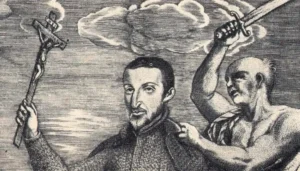
Evolution of the term. Matå’pang is a Chamorro/CHamoru word currently used to describe a person who is acting careless, rude or stupid. It is a